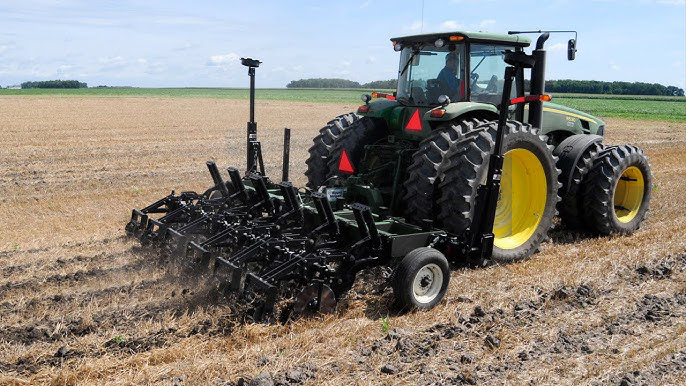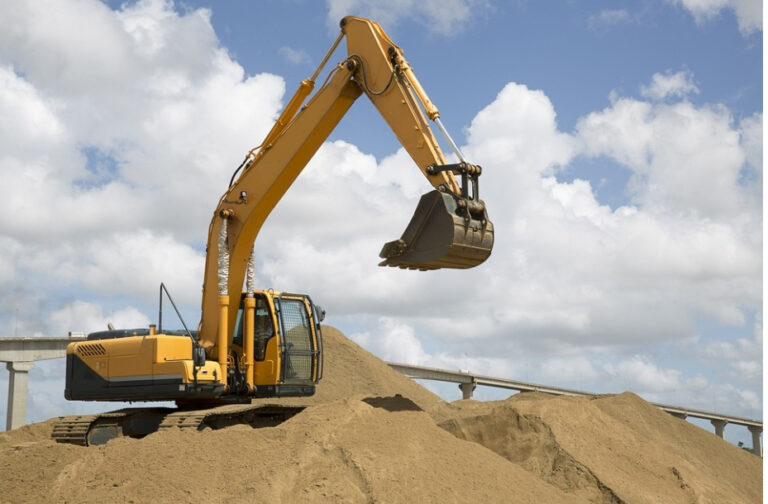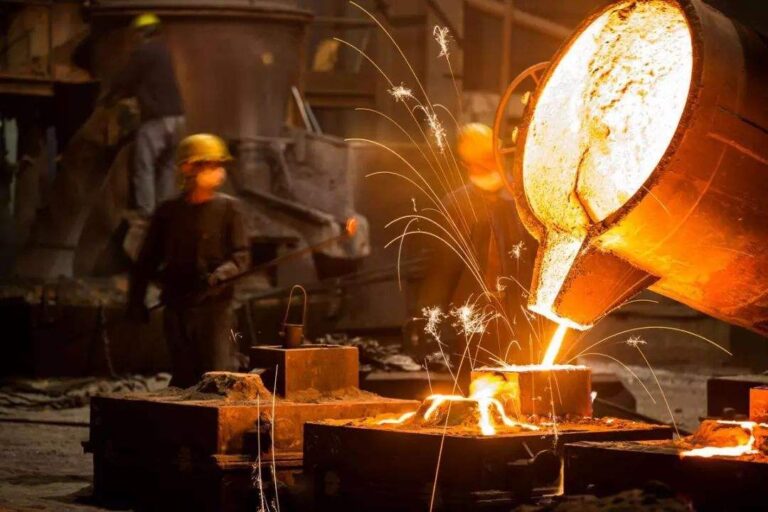Precision Casting for Agricultural Machinery: Cultivating Durability in the Field
In the world of modern agriculture, where equipment works relentlessly through planting and harvest seasons, precision casting has become the foundation of durable, high-performance machinery. The technology solves fundamental challenges that farmers and equipment manufacturers face: how to create components that withstand constant abrasion from soil and crops while maintaining precise functionality season after season.
Agricultural equipment operates under conditions that would degrade most industrial machinery. Tillage tools grind against rocky soil, combine headers process thousands of plants per hour, and transmission components transfer tremendous torque through gear systems. Traditional manufacturing methods often produce parts that wear unevenly or fail prematurely. Welded assemblies develop stress fractures at connection points, while machined components sacrifice optimal material properties for geometric simplicity. Precision casting overcomes these limitations by creating parts with uniform material integrity throughout and geometries optimized for both strength and function.
The metallurgical advancements in agricultural castings are particularly remarkable. Modern components use specialized alloys that balance hardness and toughness in ways tailored to specific applications. A plow blade might utilize high-chrome iron with 28% chromium content at the cutting edge, gradually transitioning to more ductile material near the mounting points. This gradient material design prevents the catastrophic failures that occur when hard-but-brittle materials are used uniformly. Through controlled cooling processes and precise heat treatment, foundries can engineer these material properties right into the casting.
Geometric innovation represents another area where precision casting transforms agricultural equipment. Gear housings with integrated lubrication channels, cultivator teeth with self-cleaning contours, and combine components with optimized grain flow paths – all become possible through casting’s design freedom. Recent advances in 3D printed sand molds allow for even more complex internal geometries, enabling features like helical coolant passages in transmission cases or honeycomb reinforcement structures in structural components. These designs aren’t just theoretical improvements; field tests show tangible benefits like 30% longer wear life and 15% reductions in power requirements.
The economic impact for farmers and equipment manufacturers is significant. Precision-cast components typically last 2-3 times longer than fabricated alternatives, reducing both replacement costs and downtime during critical planting or harvest windows. The consistency of the casting process ensures that every part performs identically, eliminating the variability that plagues other manufacturing methods. Perhaps most importantly, the ability to create more efficient component designs translates directly to fuel savings and increased productivity in the field.
Looking ahead, precision casting for agricultural applications continues to evolve. Smart components with embedded sensors will monitor wear in real time, alerting operators before failures occur. New sustainable alloys using recycled materials maintain performance while reducing environmental impact. Digital twin technology allows for virtual testing of designs under countless field conditions before physical production begins. These innovations promise to further extend equipment life and improve farming efficiency.
For agricultural equipment manufacturers, precision casting represents more than just a production method – it’s a competitive advantage. The ability to offer machinery that works longer with less downtime directly impacts farmers’ bottom lines. In an industry where seasonal timing is everything, reliability becomes the most valuable feature of any equipment.
Truecasteng has been pioneering agricultural casting solutions for decades. Our components are field-proven across every major crop and soil type, from the rocky fields of New England to the vast wheat plains of the Midwest. The next time you see a tractor working a field or a combine processing grain, look closer – there’s an excellent chance the durability you’re witnessing comes from precision-cast components performing exactly as intended, season after season.






